Monolithic architecture simplified
‘Futures and Promises’ – How Instagram leverages it for better resource utilization
McDonald’s Event-Driven Architecture – A Gist
State of Backend #2 – Disney+ Hotstar Replaced Redis and Elasticsearch with ScyllaDB. Here’s Why.
State of Backend #1- Distributed Task Scheduling with Akka, Kafka and Cassandra
Live Video Streaming Infrastructure at Twitch
Web application architecture explained with a real-world example
Wide-column Database, Column Databases – A Deep Dive
What Do 100 Million Users On A Google Service Mean? – System Design for Scale and High Availability
How Razorpay handled significant transaction bursts during events like IPL
Facebook’s photo storage architecture
An Introduction to the Network File System (NFS)
Zero to Software Architecture Proficiency learning path - Starting from zero to designing web-scale distributed services. Check it out.
Master system design for your interviews. Check out this blog post written by me.
Zero to Software Architecture Proficiency is a learning path authored by me comprising a series of three courses for software developers, aspiring architects, product managers/owners, engineering managers, IT consultants and anyone looking to get a firm grasp on software architecture, application deployment infrastructure and distributed systems design starting right from zero. Check it out.
Recent Posts
- System Design Case Study #5: In-Memory Storage & In-Memory Databases – Storing Application Data In-Memory To Achieve Sub-Second Response Latency
- System Design Case Study #4: How WalkMe Engineering Scaled their Stateful Service Leveraging Pub-Sub Mechanism
- Why Stack Overflow Picked Svelte for their Overflow AI Feature And the Website UI
- A Discussion on Stateless & Stateful Services (Managing User State on the Backend)
- System Design Case Study #3: How Discord Scaled Their Member Update Feature Benchmarking Different Data Structures
CodeCrafters lets you build tools like Redis, Docker, Git and more from the bare bones. With their hands-on courses, you not only gain an in-depth understanding of distributed systems and advanced system design concepts but can also compare your project with the community and then finally navigate the official source code to see how it’s done.
Get 40% off with this link. (Affiliate)

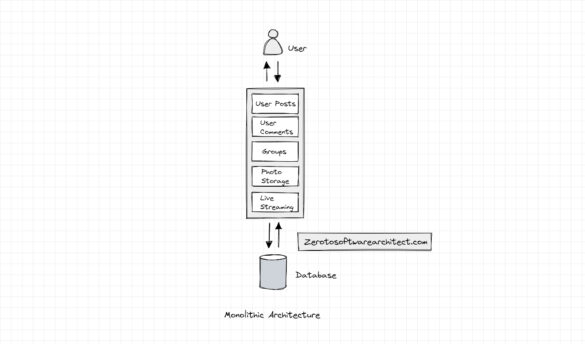
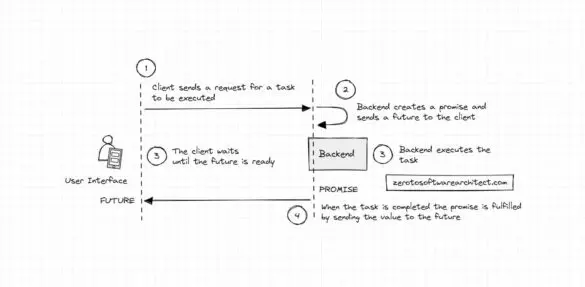
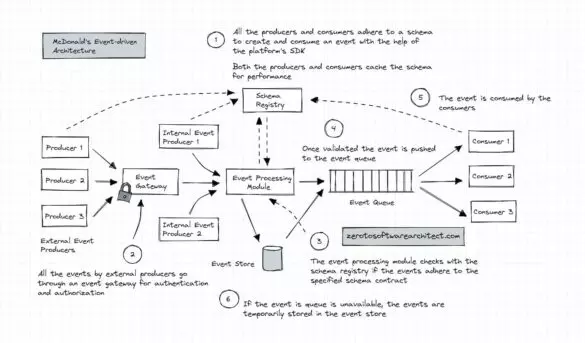
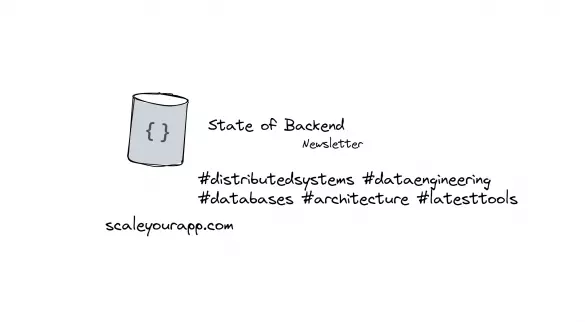
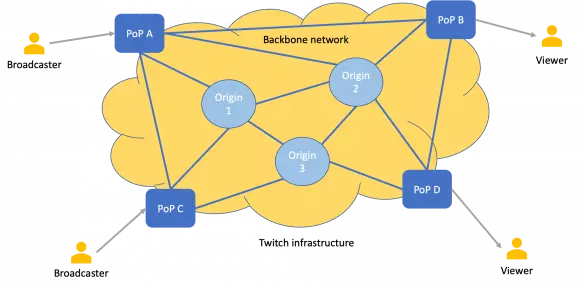
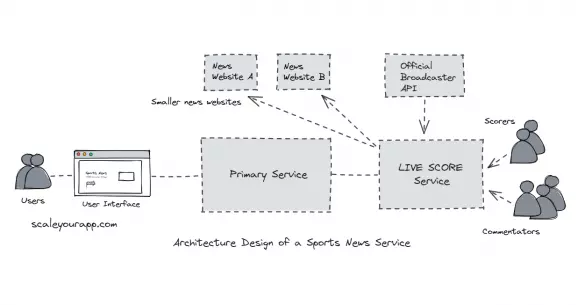
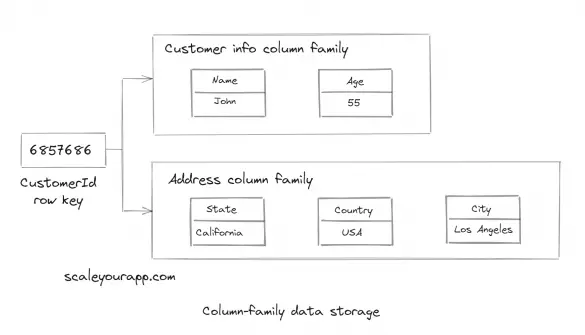
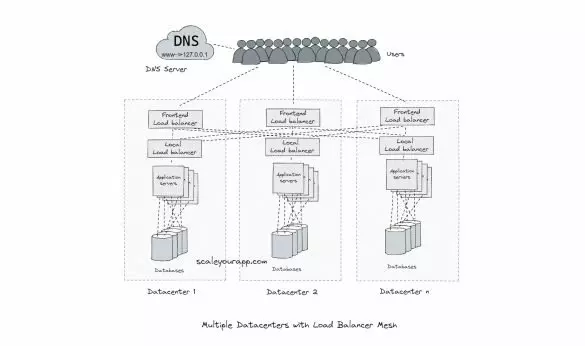
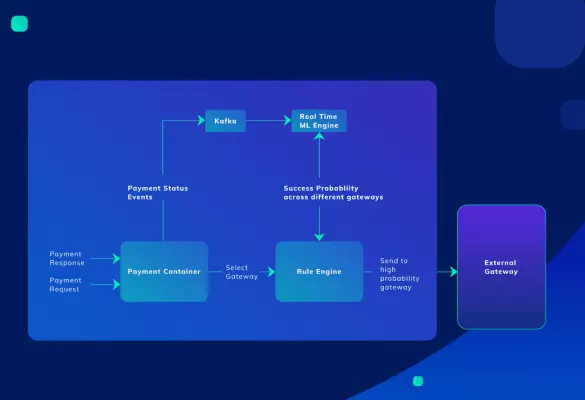
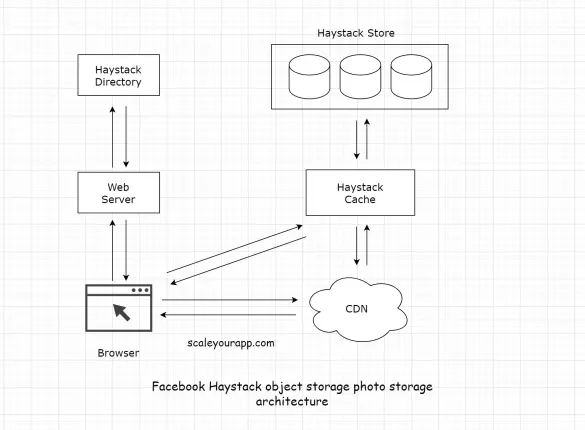
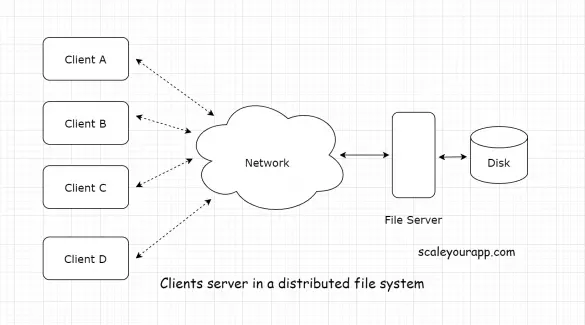
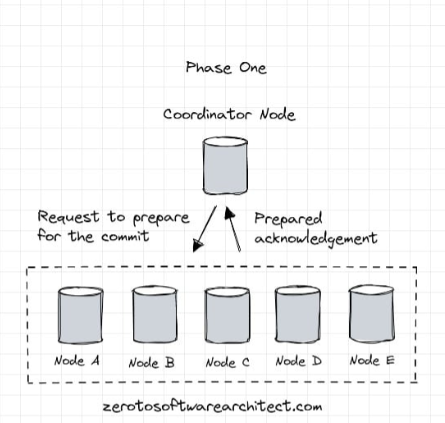
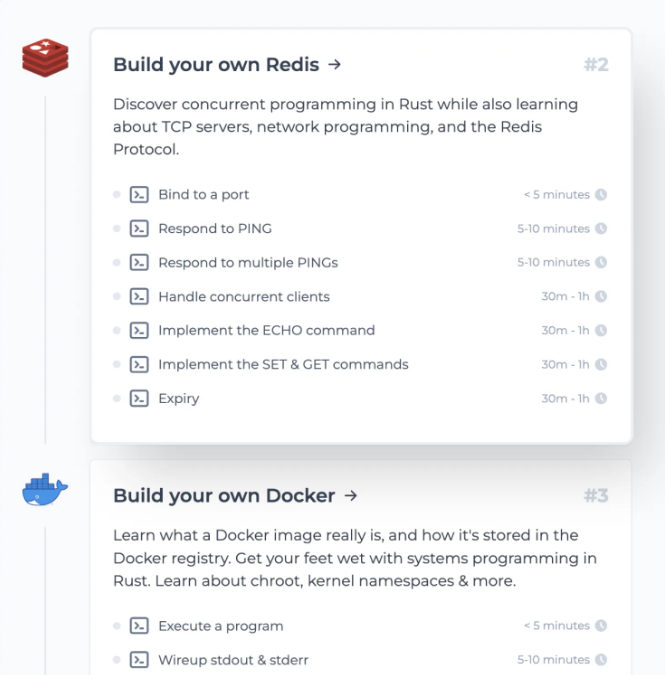
Follow Me On Social Media